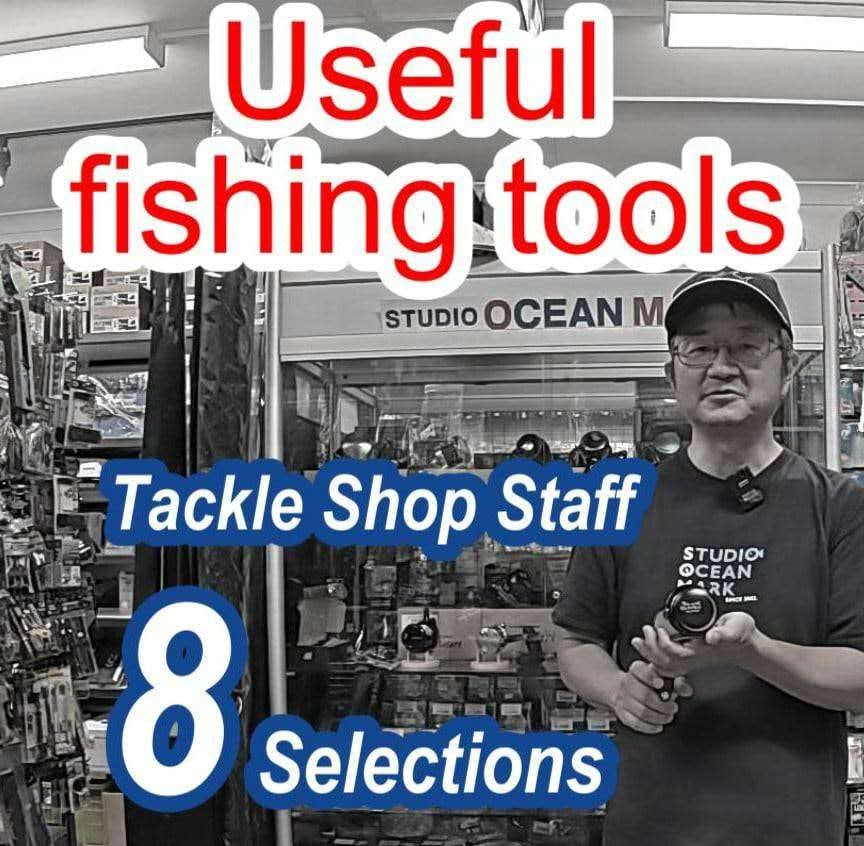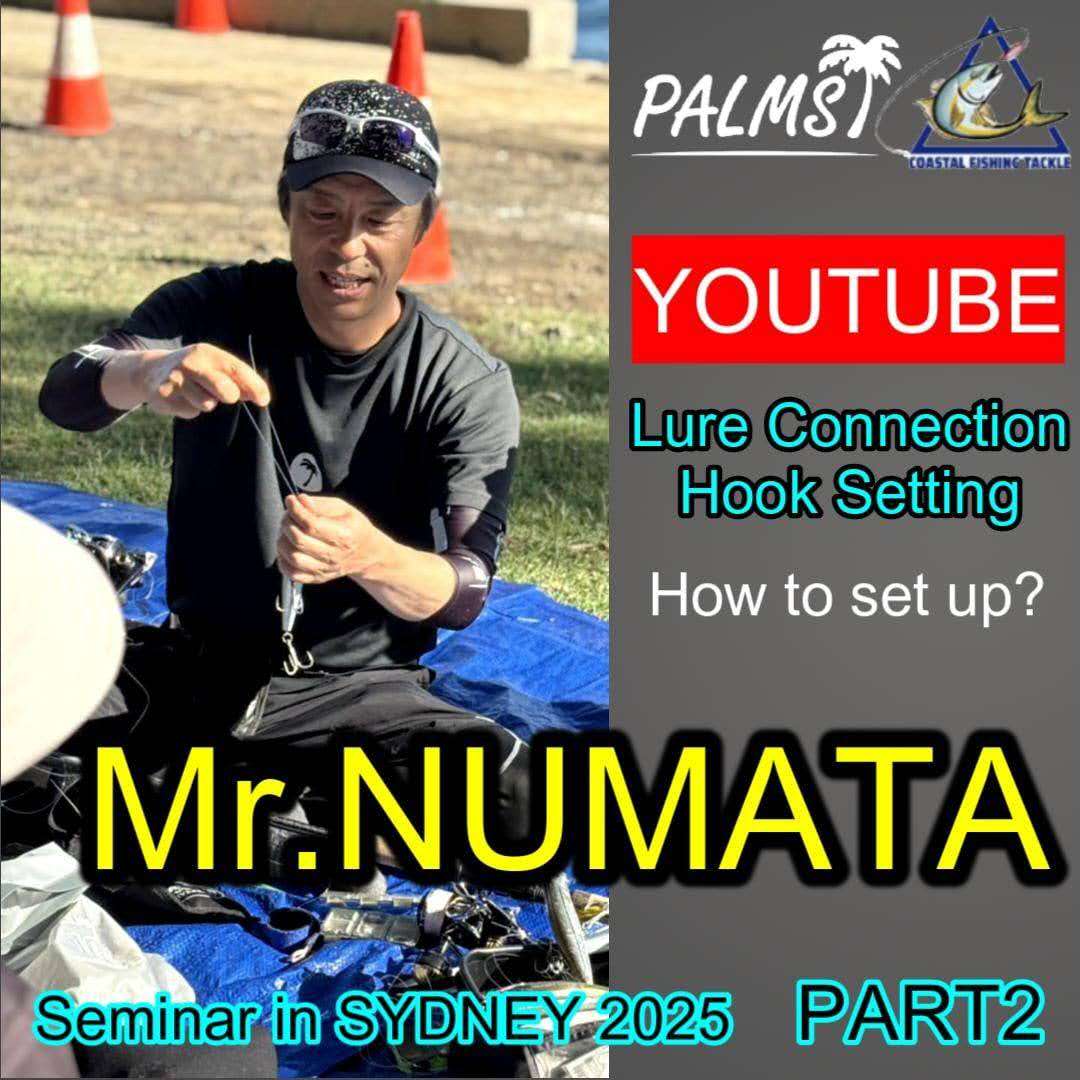Ajing is a specialized ultralight fishing technique, popular in Japan and increasingly gaining popularity in Australia now, that uses small jigs and very light tackle to target yellowtail, also known as horse mackerel (Aji).
The Minimum Essential Gear to Get Started with Ajing
-
Rod: A rod is essential for casting lures, and these days, many rods specifically designed for Ajing are available. These specialized rods are easier to use and are highly recommended. The ideal rod length can vary depending on the type of lure and the fishing location, but if you’re fishing around harbor areas and just starting out, a rod between 6 to 7 feet is easy to handle. Since the main lures—jigheads and soft plastics—are very light, you should choose a rod with a soft tip, in the ultralight to light action range (often labeled as UL or L), to get the best performance.
-
Reel: There are reels made specifically for Ajing,however any compact and lightweight reel will work well if you don’t have a dedicated one. Depending on the brand, look for reels labeled in the 1000 to 2000 size range. Reels also indicate how much line they can hold—ideally, it should be able to spool about 100 to 150 meters of 0.1 gauge line or 3–4 lb test line.
-
Line
Ester line refers to a specific type of fishing line material. While nylon, fluorocarbon, and PE lines are commonly used, ester line is a newer material specialized for light game fishing like Ajing. It has become increasingly popular in recent years due to its unique characteristics: low stretch and good water compatibility. The low stretch makes it easier to detect even the subtle bites of horse mackerel (aji).
Typically, ester line is used with a fluorocarbon leader of about 1 meter attached to the tip, which adds an extra step and can be seen as a drawback. On the other hand, fluorocarbon line alone is a good alternative—it’s slightly less sensitive than ester, but it’s more beginner-friendly since you can tie it directly to the lure (like a jighead) without needing a leader.
-
Leader: With fluorocarbon line, you can tie your lure directly to the line without needing a leader. However, when using ester line or PE line, you’ll need to attach a leader, which is a stronger, protective section of line added to the end. The leader is typically about 1 meter long and serves two main purposes: to withstand contact with obstacles like rocks or seaweed on the seafloor, and to absorb shock when fighting fish. Leaders are usually made of fluorocarbon line because of its excellent abrasion resistance.
-
Jighead: To catch aji, after selecting the rod, reel, and line, the next essential piece of equipment is the lure. The basic setup for ajing involves using jigheads and worms, where the weight and hook are already attached. Lighter jigheads are recommended because they improve the aji's bite. However, if the lure feels too light and you can’t detect it properly, start with a slightly heavier one to get used to it. Typically, 1 gram is the standard weight, but if you're not accustomed to the lightness, try starting with 2 grams and gradually adjust.
- Soft worm: The lures used with jigheads are typically worms, which are long, soft materials shaped like sea worms or bait worms (e.g., isome or gokai). These soft lures mimic small fish as they wriggle and swim naturally underwater, effectively attracting aji. Various types of worms are available from different manufacturers, but for beginners, straight-type worms (long and slender) are the easiest to handle. These are versatile and don’t require specific conditions or high activity from the fish, making them a great choice for your first time.



